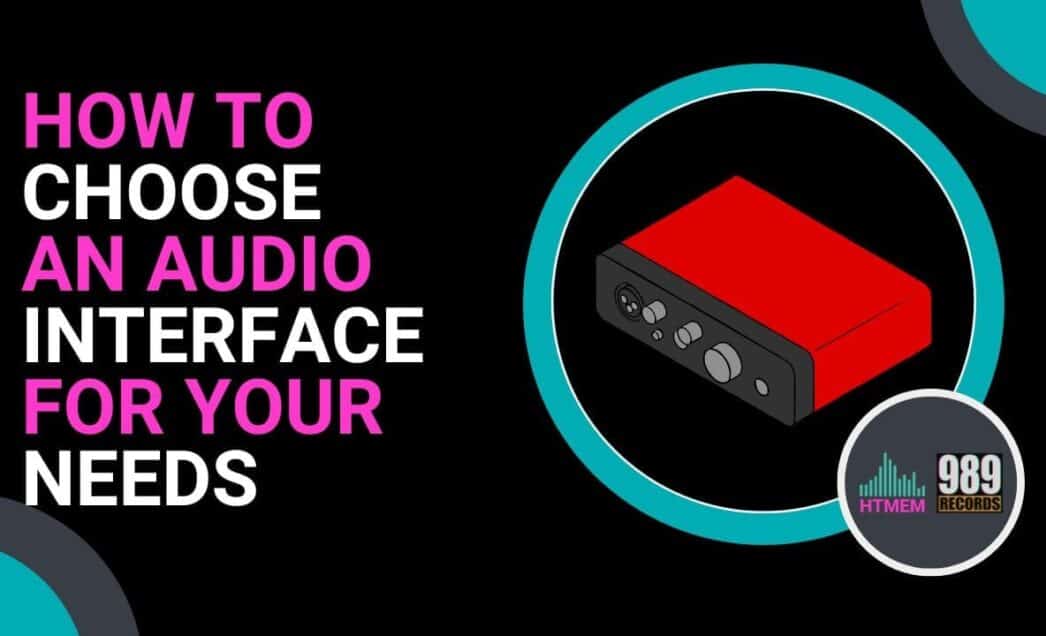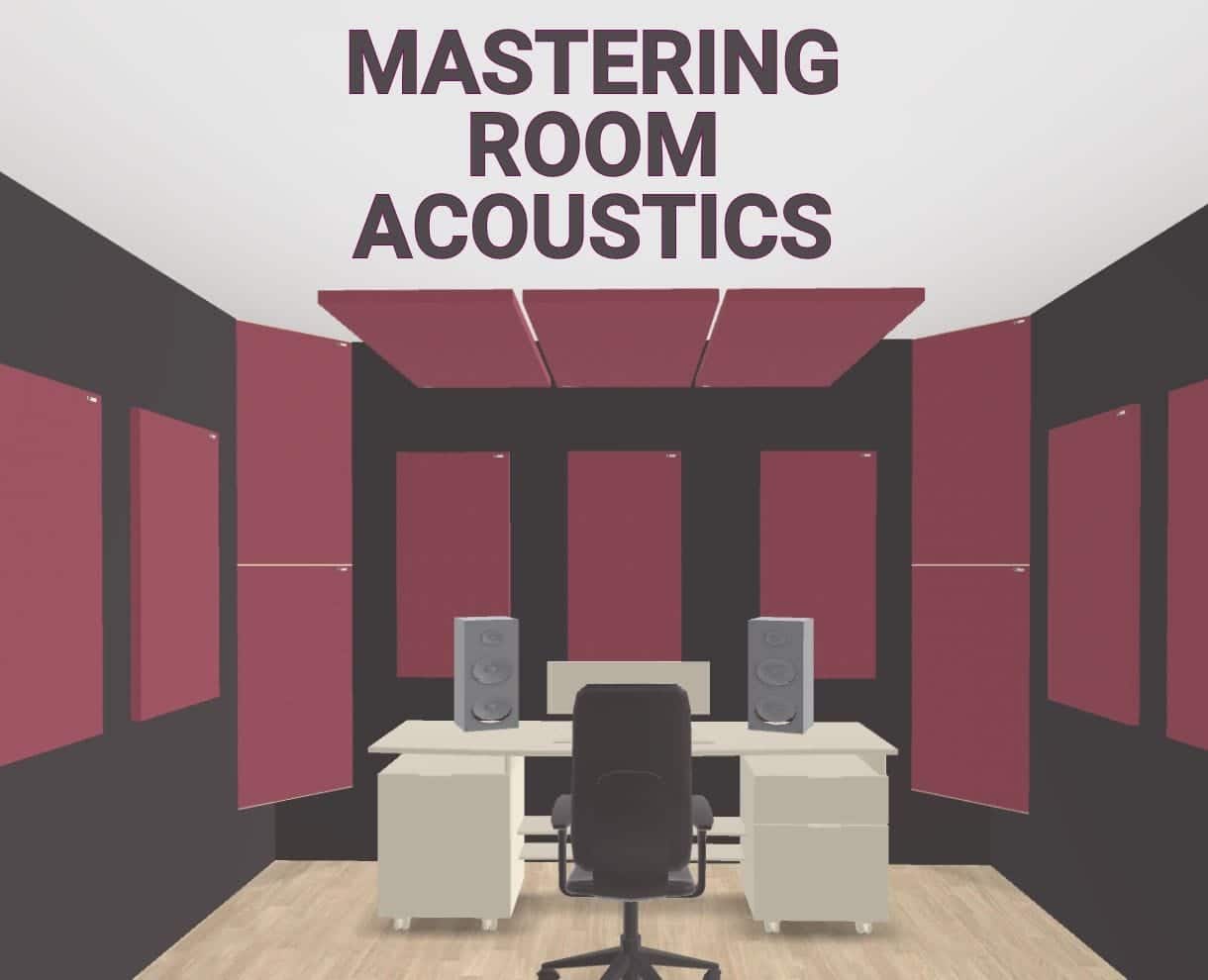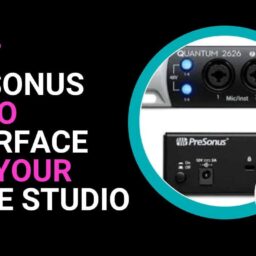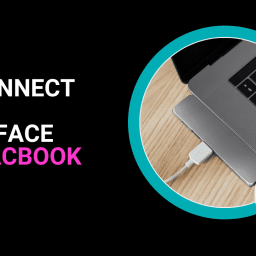What is an Audio Interface?
An audio interface is a hardware device that connects your computer or recording setup to various audio equipment, such as microphones, instruments, and speakers. It acts as a middleman between your computer and other devices, allowing you to record and play back high-quality audio.
Let’s understand what you need to be aware of before any purchase or studio upgrade.
Let’s dive in!
Understanding Your Needs
Identify the types of signals you plan to record, such as guitar, ukulele, or vocals, and determine the necessary number of inputs. It is important to choose an interface that can handle multiple audio inputs for instruments like guitars. Consider how many inputs you need for various recording scenarios, ensuring flexibility and robustness in the design and arrangement of input options.
Evaluate the monitoring system you intend to use and determine the required number of outputs. Reflect on your workflow to understand what you expect and need from an audio interface, whether it’s straightforward recording capabilities or additional features and inputs.
Audio Interface Types
- USB mixers are a practical option if they offer strong isolation.
- Portable Audio Interfaces, perfect for recording or live mixing, are not only user-friendly but also easily transportable.
- For superior sound quality and a suite of sophisticated features, studio-grade audio interfaces are unmatched.
Budget and Price Range
Establish a budget: Take into account both the price of the interface and any extra equipment you might require. Find the right balance between quality and cost: Remember, even recordings from the finest artists won’t sound appealing if noise or distortion compromises the audio quality.
Key Features to Consider
- Input Requirements: Determine the necessary number of inputs to accommodate all your instruments and microphones. Ensure you have enough inputs for your current setup and consider extra inputs for future expansion, such as recording bands live or adding more outboard gear.
- Output Necessities: Opt for an interface with multiple outputs to facilitate sound distribution throughout different audio monitors or areas of the room.
- Digital Connectivity: Select an interface equipped with digital inputs, such as S/PDIF or ADAT, to enhance your interface’s capabilities.
- Line Inputs: Ensure your interface has sufficient mic/line inputs for simultaneous recording and integration with microphones or studio hardware.
- Preamps Quality: Prioritize interfaces that feature high-quality preamps with adjustable gain for optimal sound control. High-quality pre-amps, significantly enhance performance and overall value.
- Phantom Power: Ensure the interface includes phantom power to accommodate condenser microphones effectively.
Sound Quality, Conversion, and Phantom Power
Seek an interface providing superior sound quality by examining the manufacturer’s technical specifications. Pay close attention to the maximum number of bits and the maximum sample rate available for the conversion. Also, consider the Total Harmonic Distortion + Noise (THD+N) metric; a lower figure signifies enhanced performance. Additionally, evaluate the conversion type: interfaces with DC-coupled outputs are known to deliver more precise sound reproduction.
Connectivity, Compatibility, and Multiple Outputs
Examine the interface for connectivity options such as USB, Thunderbolt, or alternative connections. Verify that it is compatible with your computer and recording software. Most interfaces can accept analog signals directly and are equipped with features that allow for multiple types of analog inputs.
Expansion and Upgradability
Consider an interface with expandable inputs or the ability to connect to other interfaces. Think about your future needs: will you need more inputs or outputs in the future? Think about it.
Brand and Customer Support
Investigate the manufacturer’s reputation by seeking out reviews and testimonials from previous users. Evaluate the manufacturer’s customer service by examining the availability of resources, including tutorials and frequently asked questions.
Audio Interfaces: Making Your Decision
Evaluate your options: Assess your requirements, financial constraints, and the functionalities of each interface. Seek out user reviews and conduct comparisons: Seek and find feedback from other users and compare the capabilities of different interfaces. If possible, before you purchase, try: this will confirm (or not) that the audio interface aligns with your needs.
Suggested Readings
How to Choose Studio Monitors for Your Home Studio
Practice and Enjoy!








